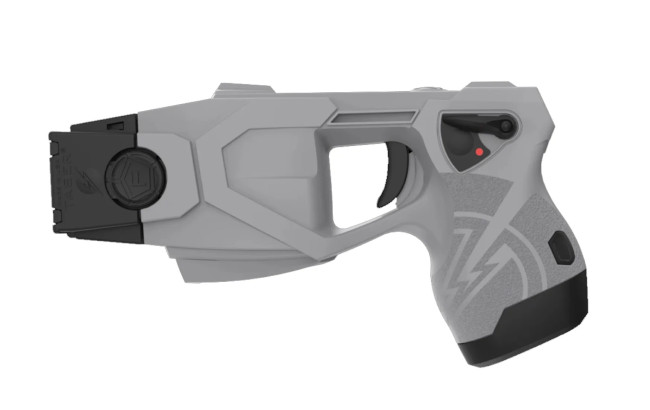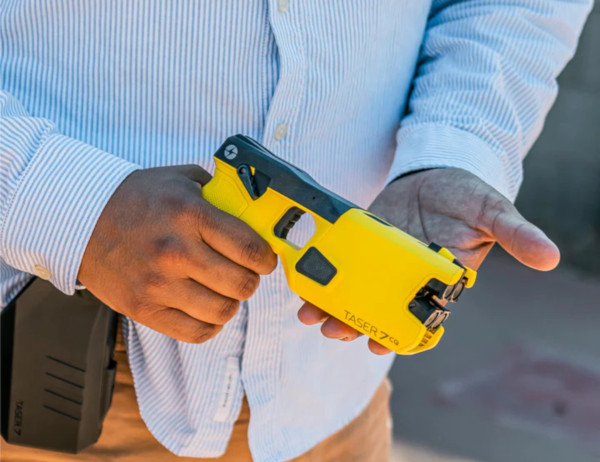Electroshock Weapon

Choosing the Right Electroshock Weapon for Personal Protection
Electroshock weapons are non-lethal self-defense tools designed to immobilize attackers using an electrical charge. These devices range from civilian stun guns to law enforcement TASERs and even high-voltage cattle prods used for security purposes. If you’re considering one for personal protection, understanding their differences and effectiveness is crucial.
What Is an Electroshock Weapon?
An electroshock weapon is any device that delivers an electric shock to incapacitate a person or animal. These weapons work by disrupting the target’s neuromuscular system, causing pain, disorientation, or temporary paralysis. While often associated with law enforcement, they are widely available for civilian self-defense purposes.
Common Types of Electroshock Weapons:
1. TASERs
-
How They Work: TASERs fire two small darts attached to wires, delivering an electric shock that disrupts muscle control.
-
Effective Range: Up to 15 feet for civilian models, longer for law enforcement versions.
-
Ideal For: Individuals who want a self-defense tool that works at a distance.

Taser 7 CQ
2. Stun Guns
-
How They Work: Requires direct contact with an attacker, delivering a painful electric shock.
-
Effective Range: Close contact only.
-
Ideal For: Personal self-defense when carrying a compact and discreet device.
3. Cattle Prods and Security Shock Batons
-
How They Work: Designed for animal control but sometimes used for security purposes.
-
Effective Range: Direct contact.
-
Ideal For: Security personnel, animal control, or non-standard self-defense situations.
How Effective Are Electroshock Weapons for Self-Defense?
Pros:
-
Non-lethal, reducing legal risks compared to firearms.
-
Compact and easy to carry.
-
Effective at deterring attackers, even without actual contact (due to intimidating electrical arc and noise).
Cons:
-
TASERs can be costly and require cartridges.
-
Stun guns require close contact, which may not always be ideal.
-
Legal restrictions exist in certain areas.
Choosing the Right Electroshock Weapon
When selecting an electroshock weapon, consider the following factors:
-
Voltage vs. Amperage: High voltage alone doesn’t determine effectiveness; amperage is the key to incapacitation.
-
Size and Portability: Keychain stun guns, baton-style models, and pocket-sized options cater to different needs.
-
Legal Restrictions: Some states and cities have laws limiting the sale or use of electroshock weapons.
-
Safety Features: Built-in safety switches help prevent accidental discharge.

Recommended Products
If you're looking for a reliable electroshock weapon, check out our stun guns and TASER collection to find a model suited for your personal safety needs.
Final Thoughts
Electroshock weapons are effective, easy to carry, and provide non-lethal self-defense options. Choosing the right model depends on your specific needs, legal considerations, and comfort level with using these devices. Explore our selection today and take control of your safety.
Explore Our Collection: Shop Electroshock Weapons
Add your comment now!
Post CommentRecent posts
-
06/27/2025Personal Safety Devices for Women
-
06/27/2025Can You Bring Pepper Spray on a Plane?
-
06/27/2025Are Butterfly Knives Illegal?
